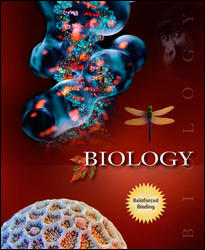 
Biology, Eighth Edition (Raven)Chapter 9:
Cell CommunicationLearning OutcomesChapter 9
- Know what receptor proteins are, where they are located, and what they do.
- Describe the four types of cell signaling.
- Differentiate between intracellular receptors and cell surface receptors in terms of function.
- Know the three cell surface receptor superfamilies, the basic structures of each and how each functions to convert an extracellular signal to an internal one.
- Understand how cAMP and calcium function as second messengers and why they are necessary.
- Explain the amplification process associated with protein kinase cascades.
- Know what cell surface markers are, where they are located, and give examples.
- Describe the three primary kinds of junctions that exist between cells.
- Compare and contrast communicating junctions, gap junctions, and plasmodesmata.
 |  |
|





